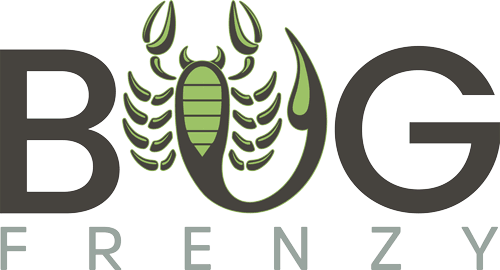No products in the cart
Whip scorpions, scientifically known as Amblypygids, are fascinating nocturnal arachnids that share traits with spiders and scorpions but belong to their own unique order. In Australia, they are commonly referred to as Whip Spiders or Tailless Whip Scorpions. Despite their intimidating appearance, whip scorpions are harmless to humans and make intriguing pets.
- Species Overview: Australian Amblypygids are found in the northern regions of the country. They are relatively small, measuring around 10mm in adult body length.
- Physical Characteristics:
- Eight legs with specialized antenniform legs in the front, used for sensing and herding prey.
- Non-venomous and stealthy ambush hunters.
- Powerful pedipalps for capturing and crushing prey.
- Females produce eggs and carry them in a protective sac under their abdomen.
- Feeding:
- Offer small live insects like small crickets (1/4 the body size of the Amblypygid).
- Young Amblypygids can be fed pin-head crickets.
- Vinegar flies, juvenile slaters, and other small invertebrates can also be used as food.
- Adjust prey size as the Amblypygid grows.
- Water and Humidity:
- Maintain a moist humid environment by mist spraying the enclosure.
- Ideal humidity range: 60-80%.
- Enclosure:
- Use a substrate of moist coco-peat (minimum 30mm).
- Provide hides like bark or small pieces of wood.
- Enclosures should have a moisture gradient and multiple hide options.
- Secure ventilated lid to prevent escapes.
- Temperature:
- Safe temperature range: 18 – 26°C.
- Ideal temperature: 60-80% humidity.
- Beware of overheating.
- Lifespan: 3-5 years.
- Handling:
- Not recommended due to risk of escape or injury.
- Use a container with a flat edge to move them when necessary.
- Reproduction:
- Adult females are robust; males have longer pedipalps and smaller abdomen.
- Pairs may be kept together in large enclosures for breeding.
- Cannibalism is not significant when well-fed.
- Common Issues:
- Hiding in small crevices; choose hides and enclosure furniture carefully.
- Avoid unstable heavy objects that could harm the Amblypygid.
Amblypygid Care: Key Points from Studies
- Amblypygids are peaceful and non-dangerous arachnids.
- They have specific terrarium requirements due to their unique physiology.
- Proper enclosure size, vertical space, hiding spots, and humidity are vital.
- Humidity must be above 75%, and mist spraying is essential.
- Maintain a cool environment with no direct sunlight or heat sources.
- Providing vertical surfaces for shedding is crucial.
- Choose substrate and enclosure furniture to prevent water-logging and ensure stability.
- Handling is possible but recommended with caution.
Please let me know if you’d like any further details or modifications to the provided information.
